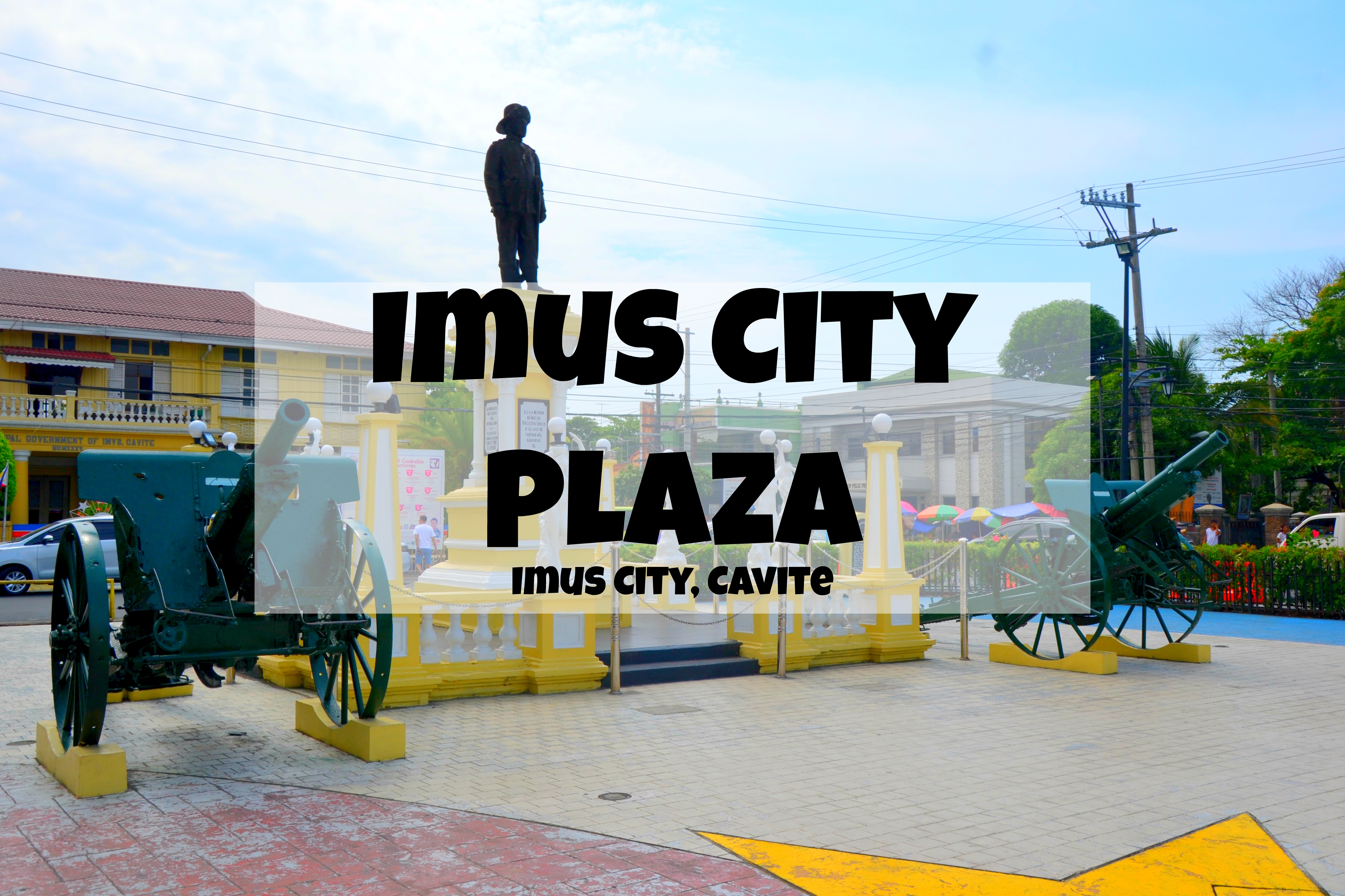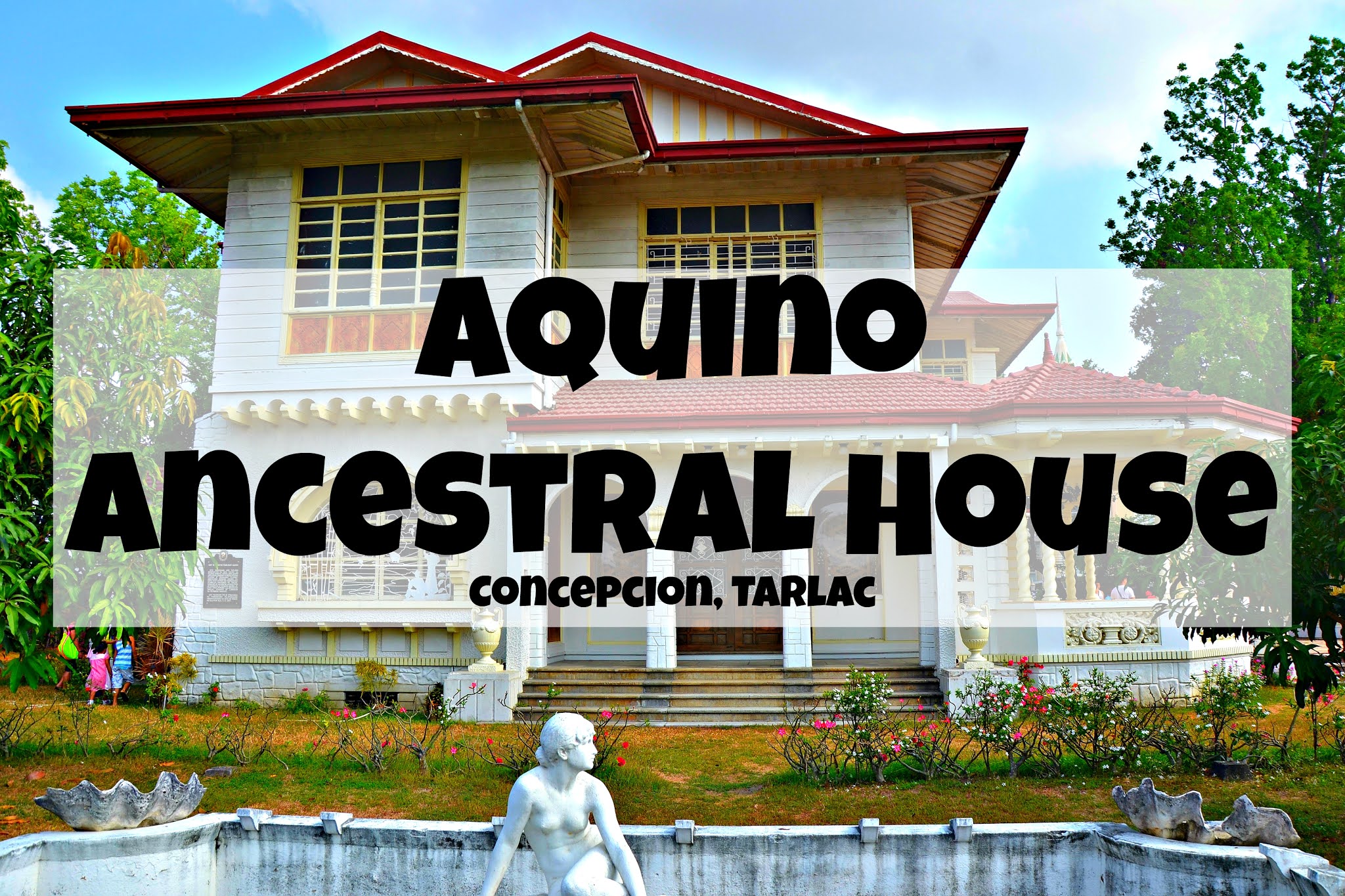Daigoji - Kyoto
Daigoji (醍醐寺) is one of Kyoto's 17 UNESCO World Heritage Sites, located at 22 Higashioji-cho, Daigo, Fushimi-ku, Kyoto City in Kyoto prefecture.
Daigoji was founded by Rigen-Daishi who is also known as Master Shobo in 874. The temple was piously supported by Emperor Daigo and so when he fell ill and abdicated in 930, he entered as a monk taking the Buddhist name Ho-Kongo here. Sadly, he passed away shortly after at the age of 46 and was buried in the temple vicinity. Before his death, he ordered the construction of several halls in the vicinity such as Yakushi Hall. The next two Emperors, Suzaku, and Murakami, also piously supported the temple which laid the foundations for Daigoji's perpetual preservation.
 |
| Checking out Daigoji's Kameshima |
 |
| Team Nicerio exploring deeper into Daigoji grounds |
Due to its very long history, numerous structures and objects including the Kondo and its five-story pagoda are marked as National Treasures and hundreds of items are marked as Cultural Assets. The biggest honor probably conferred on Daigoji was when it was registered as a World Heritage Site in 1994.
The Daigoji temple complex is divided into three areas. These are the Sanboin Area, Reihokan Area, and the main temple complex. Visitors need to pay a fee to enter each area. You can check out Daigoji's Admission Fee rate below:
The Sanboin Area is composed of the Sanboin garden, Omote-Shoin, and the Hondo. This area functions as the heart of Daigoji that serves as the main residence of head priests. The Sanboin was established in 1115 by the 14th head priest Shokaku. The present-day Sanboin was refurbished in 1598 for the Daigo-no-Hanamo (cherry blossom viewing) party of Toyotomi Hideyoshi. The garden was designed by Toyotomi Hideyoshi himself and is designated as an Important Cultural Asset.
Another area of Daigoji is the Reihokan Area. It opened in 1935. This area is where the Reihokan (museum) is located. It houses a precious collection of Buddhist statues, paintings, and applied arts are stored. Some of these are displayed to the public in spring and fall. Sadly, visitors are not allowed to take photos inside the Reihokan to protect these treasures.
Lastly, is the Temple Complex Area. It is the largest of the three areas. One can enter it via the Saidaimon or Niomon. Nature lovers would truly love the atmosphere of this area. Several meters away from the Niomon is the Kondo which is Daigoji's main hall and is a National Treasure. In front of the Kondo is the Goju-no-to also known as the five-story pagoda of Daigoji. It is also a National Treasure. Further eastward is the Daikodo and the very picturesque Bentendo which is an Important Cultural Asset.
| Combined Ticket (Normal Period) | ||
| General | Adults | 800yen |
| Senior High/Junior High School Students | 600yen | |
| *Admission is free for primary school students | ||
| Group | Adults 20 or more | 700yen |
| Children 20 or more | 500yen | |
*Normal Period・・・Admission outside of Spring and Autumn Period
| Combined Ticket (Spring & Autumn Period) | ||
| General | Adults | 1500yen |
| Senior High/Junior High School Students | 1000yen | |
| *Admission is free for primary school students | ||
| Group | Adults 20 or more | 1300yen |
| Children 20 or more | 800yen | |
The three areas of Daigoji are as follows:
 |
| Daigoji's Sanboin |
 |
| Daigoji's Sanboin Garden |
 |
| Kameshima (the small island in the middle of the pond) |
 |
| Karamon (a National Treasure) |
The Sanboin Area is composed of the Sanboin garden, Omote-Shoin, and the Hondo. This area functions as the heart of Daigoji that serves as the main residence of head priests. The Sanboin was established in 1115 by the 14th head priest Shokaku. The present-day Sanboin was refurbished in 1598 for the Daigo-no-Hanamo (cherry blossom viewing) party of Toyotomi Hideyoshi. The garden was designed by Toyotomi Hideyoshi himself and is designated as an Important Cultural Asset.
 |
| Daigoji's Reihokan |
 |
| Butsuzoto (You can check out the statues here) |
Another area of Daigoji is the Reihokan Area. It opened in 1935. This area is where the Reihokan (museum) is located. It houses a precious collection of Buddhist statues, paintings, and applied arts are stored. Some of these are displayed to the public in spring and fall. Sadly, visitors are not allowed to take photos inside the Reihokan to protect these treasures.
 |
| Daigoji's Saidaimon |
 |
| Seirugu Honden (Important Cultural Asset) |
 |
| Seiryugu Haiden |
 |
| The bell tower in front of the Kondo |
 |
| Daigoji's Kondo ( National Treasure) |
 |
Daigoji's Goju-no-to |
 |
| Daigoji's Fudodo and the Goma-dojo image in front of it |
 |
| Inside the Soshido |
 |
| Daigoji's Nichigetsumon |
 |
| Daigoji's Daikodo |
 |
| Daigoji's Bentendo (Important Cultural Asset) |
 |
| Inside Restaurant Juan |
Lastly, is the Temple Complex Area. It is the largest of the three areas. One can enter it via the Saidaimon or Niomon. Nature lovers would truly love the atmosphere of this area. Several meters away from the Niomon is the Kondo which is Daigoji's main hall and is a National Treasure. In front of the Kondo is the Goju-no-to also known as the five-story pagoda of Daigoji. It is also a National Treasure. Further eastward is the Daikodo and the very picturesque Bentendo which is an Important Cultural Asset.
 |
| Family picture at Daigoji |
 |
| Team Nicerio visits Daigoji. |
 |
| Daigoji goshuin |
 |
| Daikodo goshuin |
My family and I got to visit Daigoji on the 4th day of our 2018 Japan trip. This temple was also the first temple that we visited in Kyoto City. Overall, I loved the mix of culture, history, and nature in Daigoji. For food lovers, I highly suggest that you visit Restaurant Juan on the far eastern side of the temple complex. It offers a must-try selection of Japanese cuisines. Aside from that, it is also near the picturesque Bentendo. Overall, I highly suggest that you find time to visit this temple when you are in Kyoto.
Daigoji Opening Hours:
Daigoji is open from 9AM to 4PM every day.
Why visit Daigoji?
If you love Kyoto City but hate its crowd then Daigoji is a place to visit. You can explore its vast temple grounds and hike Mt. Daigo where other temple structures are located. There are plenty of things to see in this UNESCO World Heritage Site. However, keep in mind that the reason why this temple is less visited by tourists is that it is off the route of the Kyoto City bus. You can check out the segment below to find out how to visit Daigoji.
Getting to Daigoji:
From Kyoto Station, ride the Tokaido-Sanyo line and board down at Yamashina Station. Walk for about a minute and ride a bus in Yamashina Eki and board down at Daigoji-mae bus stop. From there walk towards Daigoji's entrance.
Travel fare: 410 yen
Travel time: 32 minutes
Rating:
 |
| Pilgrims |
 |
| Cleanliness |
 |
| Overall rating |













We will be visiting Japan soon, cant wait!
ReplyDeleteI'm excited for you. =)
DeleteWow - these pictures are incredible, what an amazing spot and overall adventure you must have had in Japan for so long - incredible and thanks for sharing in such good detail!
ReplyDeleteThank you so much for your message. =)
DeleteI would definitely add Daigoji to temples that i wanna go to. Images pictures beautiful experience you had in Kyoto with family.
ReplyDeleteThank you so much. =)
DeleteAmazing temple. Hope you had fun with your family on your journey. Just a general question are there hotels or guest house close to the temple? Thanks for sharing your experience.
ReplyDeleteWe had so much fun. 5 days in Kyoto was really not enough.
DeleteWow, such a beautiful part of Kyoto's history and culture. Would love to explore the its premises and click the beautiful architecture by myself.
ReplyDeleteWould love to see your beautiful photos Anshul.
DeleteIt is an amazing trip to Kyoto! Although I had been to Kyoto , what you wrote in this blog were fantastic! Thanks for sharing!
ReplyDeleteThanks Nathan. =)
DeleteWow I love all the beautiful colors, you caption it so well!
ReplyDeleteThanks so much Linda. =)
Delete